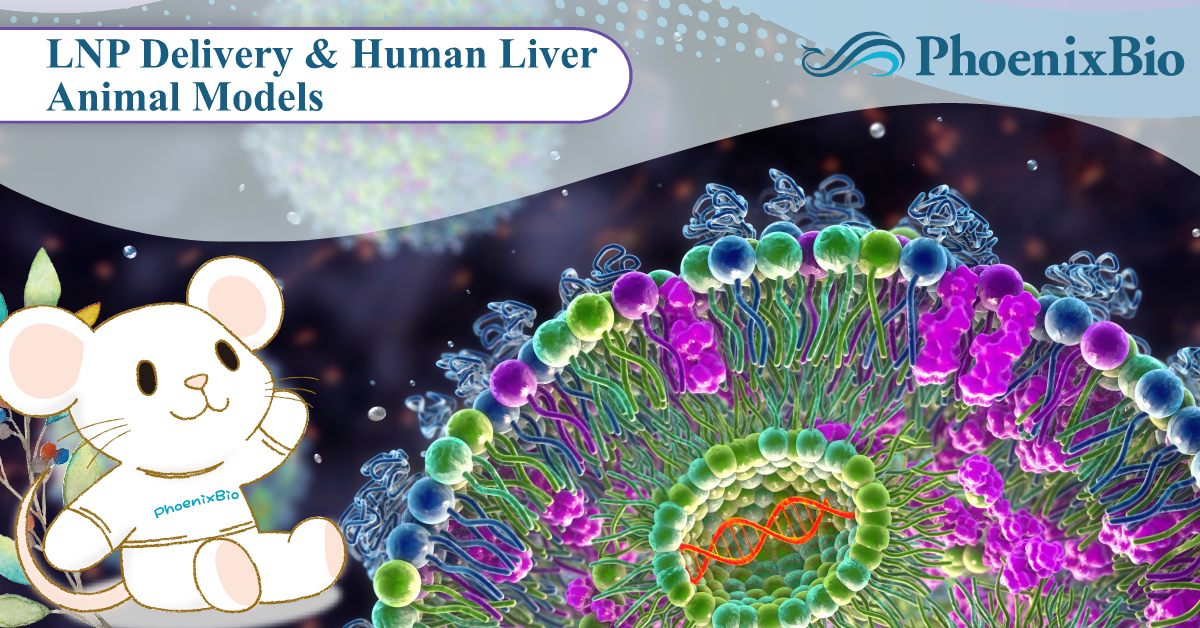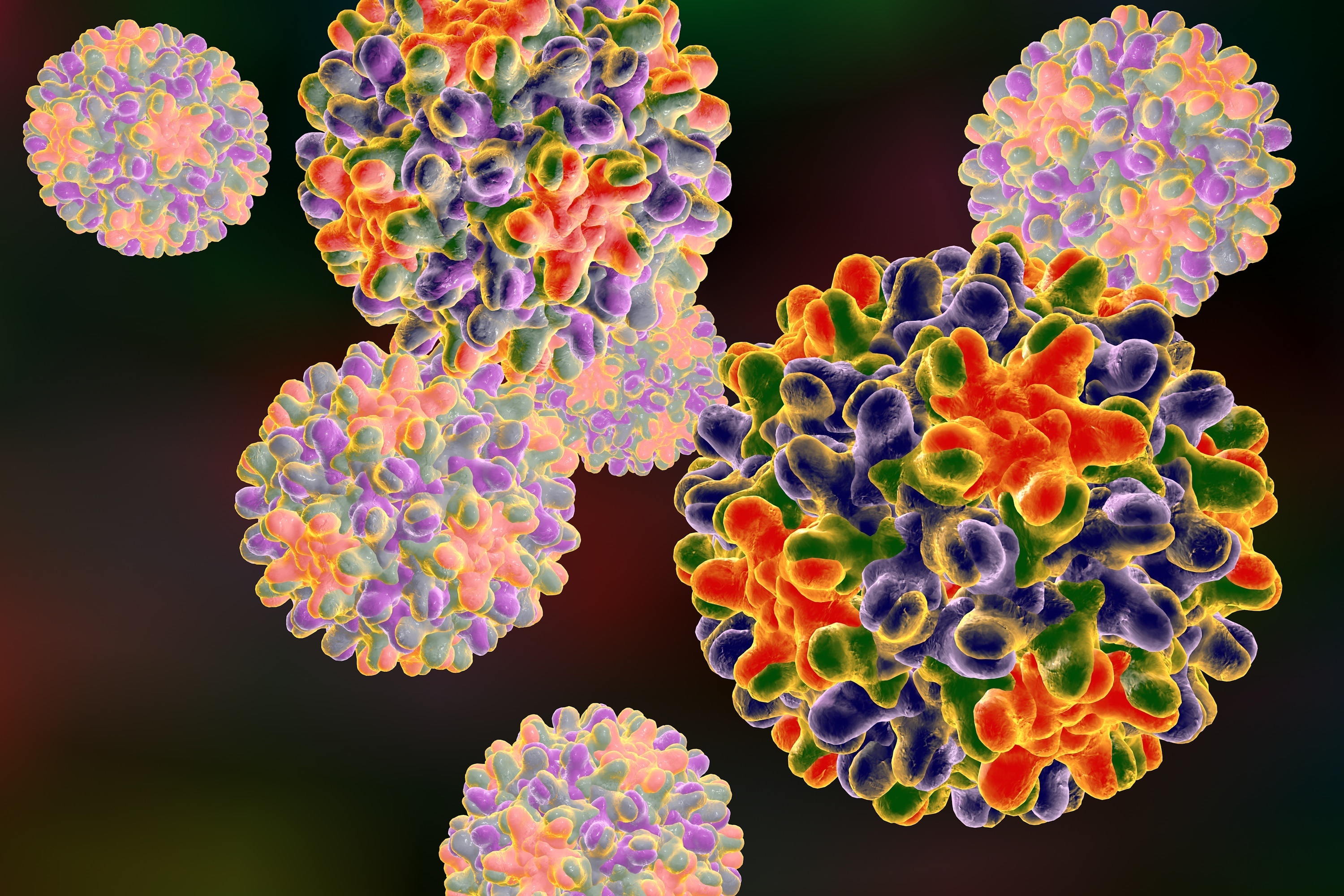19 August 2025
Advancing the Development of Safe & Effective LNP-Delivered Therapies using Humanized Liver Models
Oligonucleotide therapeutics have shown promise as a diverse treatment option for a wide range of diseases. Developing successful oligonucleotide therapeutics depends on being able to efficiently deliver the therapeutic to the target cells.





